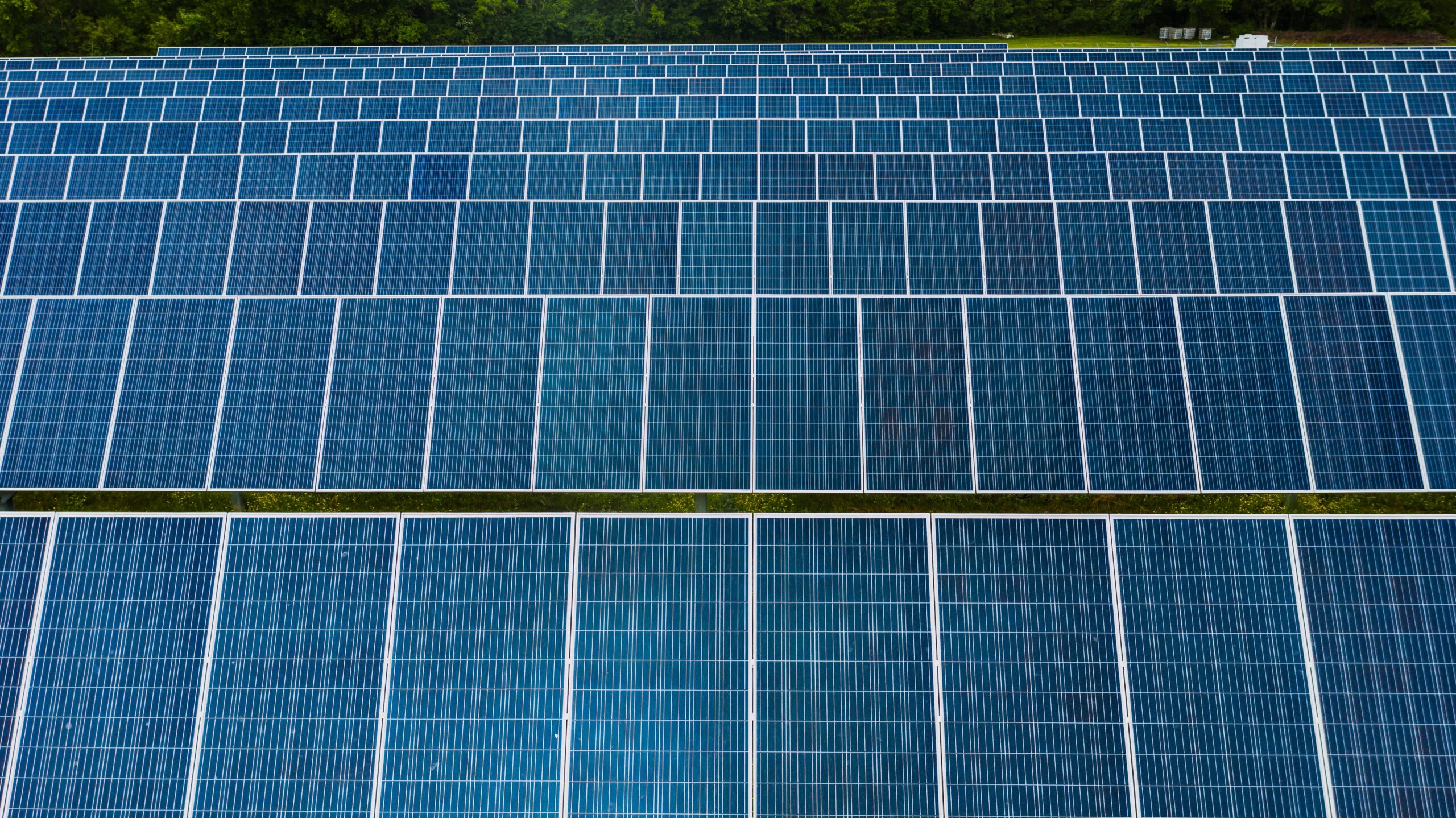Photovoltaic systems are one of the most efficient power generation solutions, increasingly used today to reduce dependence on traditional energy sources, which are polluting and depleting. In particular, large-scale photovoltaic systems can generate a significant amount of energy that can be used to meet the needs of an entire community. In addition, reduced energy costs, reduced greenhouse gas emissions, energy independence, sustainability and added value are just some of the advantages this technology offers.
The design, implementation and maintenance of PV parks are essential steps in the realisation of a large-scale PV system. They need to be carefully planned and implemented in a proper way to maximise the efficiency and durability of the system.
The design of a PV park starts with an analysis of the topography of the land and the sun exposure of the area. It is important to consider environmental factors such as geographical position, relief, sun exposure, and local climate to determine the best location for the PV park. In addition, the capabilities of the distribution network will also be taken into account to ensure a reliable and efficient connection to the electricity grid. Once the site has been identified, designers will create an installation plan that will include the size and number of solar panels needed to meet the energy requirements, the choice of materials and components, and their connection to the electricity grid.
Project execution is a critical step to ensure the success of the system. It is important to work with teams that specialise in the installation of photovoltaic systems and have experience and expertise in the field. This process can take from a few weeks to several months, depending on the size of the system and weather conditions. Construction begins with site preparation, including levelling and compacting the soil so that the foundations of the solar panels are stable and weatherproof. Then the solar panels are installed on the foundations, connected to the inverters and mounted in the correct position. Finally, quality tests and inspections are carried out to ensure optimal performance and to meet safety standards.
Maintenance is essential to maintain system performance and efficiency over the long term. Photovoltaic parks are exposed to environmental weather such as wind, rain and high temperatures, which can cause damage to solar panels and equipment. Maintenance of PV parks involves carrying out regular checks on the system, monitoring operating parameters and making necessary repairs and replacements. It is also important to carry out regular cleaning and maintenance of solar panels to maximise system efficiency and prevent damage.
The design, implementation and maintenance of PV parks are complex and essential processes to create a sustainable and efficient large-scale PV system. An integrated approach and domain expertise is required to design, build and maintain a large-scale PV system. However, the benefits of such a system are numerous, including a renewable, sustainable and clean source of energy that can help reduce greenhouse gas emissions and dependence on fossil fuels.


